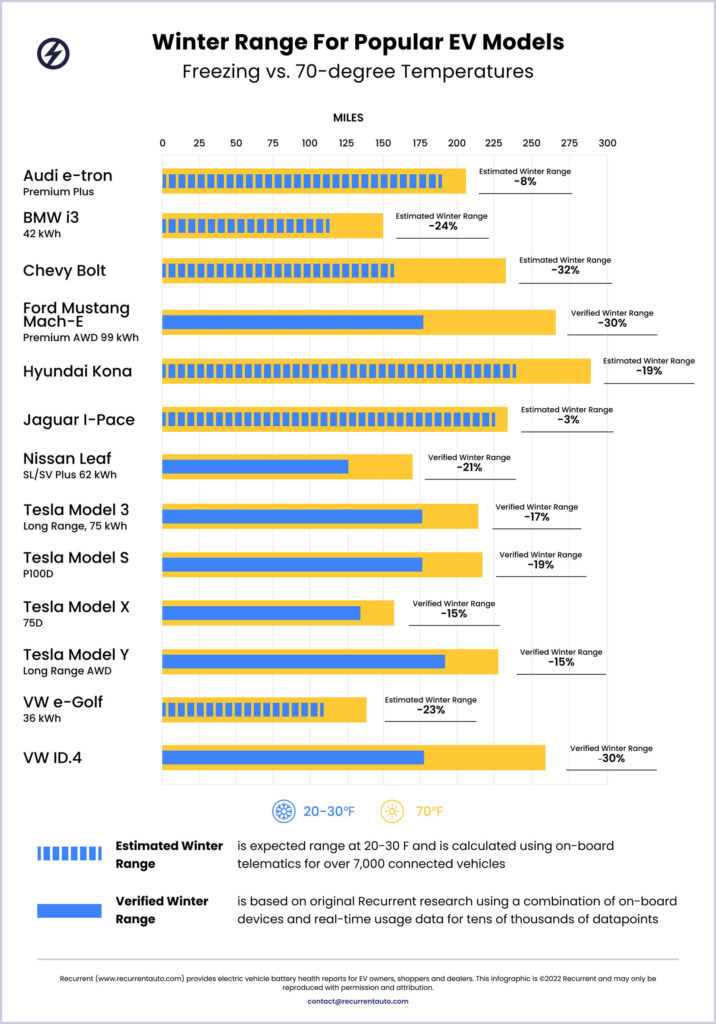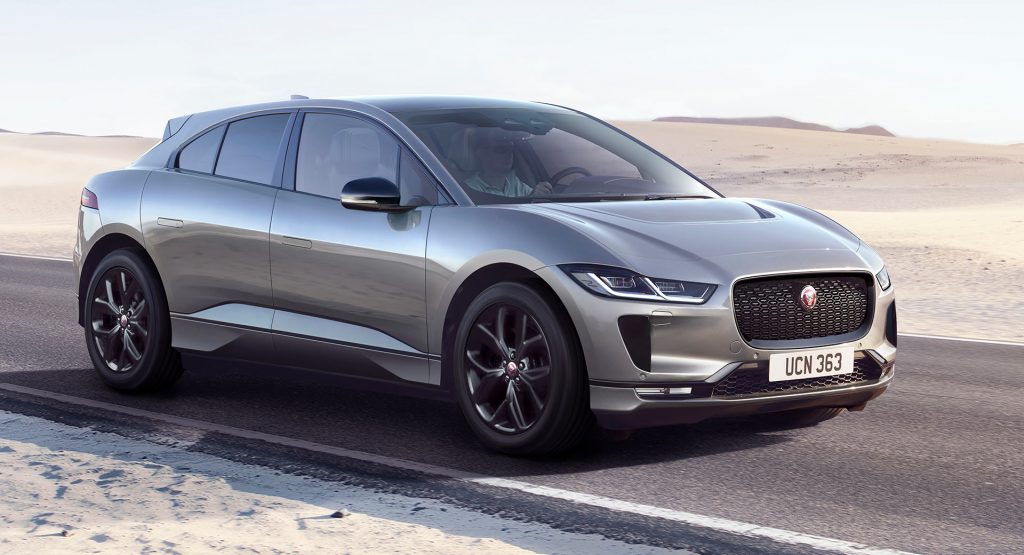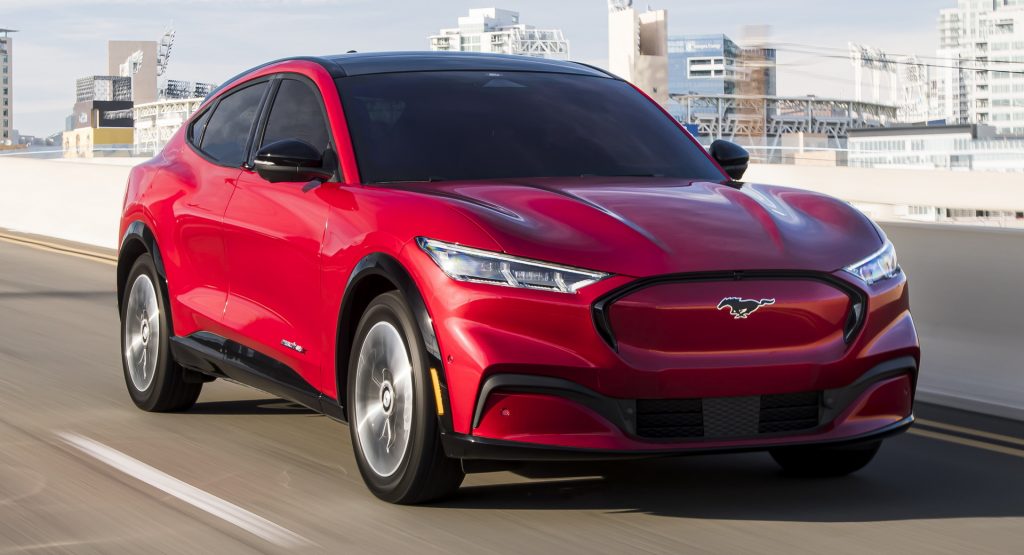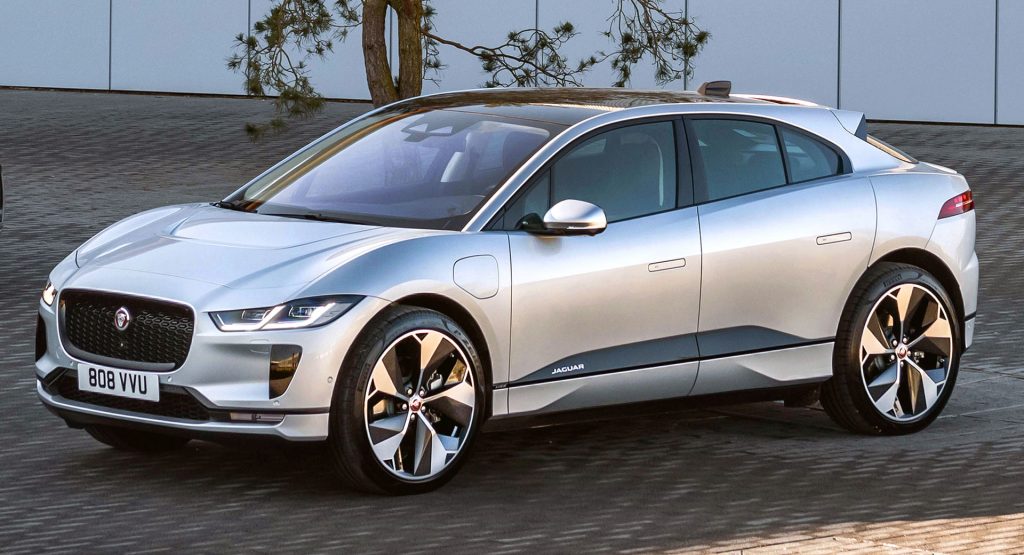By now, it’s a fairly well-known fact that electric vehicles lose range at lower temperatures. What’s not often discussed, though, is how much that deficit exactly is, and a new study aims to quantify it to provide the general public with more knowledge.
The study, conducted by electric vehicle sales website Recurrent, compared the cold-weather range of 13 electric vehicles to their range at normal temperatures. More specifically, it compared the vehicles’ operation in 20°F to 30°F (-7°C to -1°C) weather against that of 70°F (21°C) weather.
Read More: Most Americans Would Still Prefer An ICE Over An EV, Regardless Of Price

The cars they included in the study were the Audi e-tron, BMW i3, Chevrolet Bolt, Ford Mustang Mach-E, Hyundai Kona, Jaguar I-Pace, Nissan Leaf, Tesla Model S, 3, X, and Y, Volkswagen e-Golf, and Volkswagen ID.4. Of the bunch, the Bolt fared the worst, its range dropping a massive 32 percent in cold weather conditions. Close behind it were the Mustang Mach-E and ID.4, whose ranges both dropped a significant 30 percent when operating at lower temperatures.
See Also: Electric Cars Are Affordable In China, But Remain Quite Expensive In Europe And The US

On the opposite end of the spectrum, the vehicle that suffered the least was the I-Pace, with only a 3 percent difference between its normal range and its cold-weather range. That being said, the cold-weather range was predicted by the car’s onboard telematics rather than actually being tested, so there is a chance it could be slightly incorrect. That is also the case for the e-tron, i3, Bolt, Kona, and e-Golf, though the other 7 vehicles were in fact verified by Recurrent through “a combination of onboard devices and real-time usage data”.
Related: The Group That May Be The Most Grateful For EVs Is Dogs

Many of the vehicles that performed the best in the study, such as the e-tron and I-Pace, were equipped with heat pumps, which can recapture heat created by the powertrain and pump it back into the cabin to keep occupants warm rather. Likewise, bad performers like the Mach-E and ID.4 use resistance heating instead of a heat pump, which is notorious for being a large drain on the battery. Others, like the Model 3 and Model S, did not have a heat pump on the test vehicle, but now come standard with one, which could see them perform better in future versions of the test.



